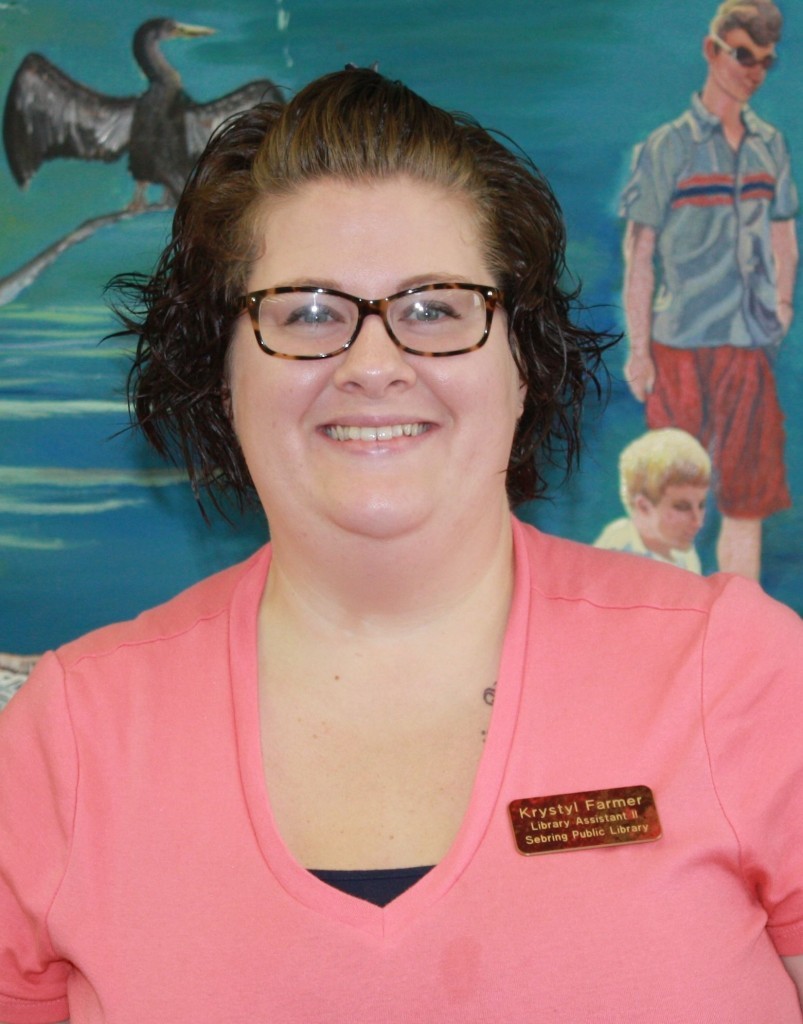
Judith Paul was in need of a system to encourage her children to read more and “better” books, so she created Accelerated Reader (AR) at her kitchen table in 1984. Twenty-four years after its birth, an average of 1.8 million AR Quizzes are passed each school day. Whether or not Mrs. Paul intended the accelerated reader program to become such an integrated aspect of American education, it is undeniable that in Highlands County AR is a part of several public school’s curriculum. Many parents don’t have enough information when it comes to the AR program and they also lack tips and tricks to make the experience easier. Allow me to shed some layman’s light onto the mysticism that is Accelerated Reader.
Accelerated Reader has taken into account many things that parents may not know matter in the education realm. For example, not every book has an available AR Quiz, but the ones that do are categorized by several helpful things to assist you when choosing books for your student. Each book is assigned a level based on the difficulty of the text; a book with a level of 3.7 means it should be understandable to the average child who is in the 7th month of 3rd grade. Every book that you can take a quiz on has a point value which is calculated based on the AR level of the book and the length of the book. According to the AR website help window, “AR points are a way of measuring how much reading practice your child is getting.” This is possible because as your child takes quizzes, the information about each book and quiz creates a record that your child’s teacher and you have access to. Many schools have a monthly goal each child has to meet and with the online access to your child’s accrued points, you don’t have to be in the dark wondering if they are close to completion.
One very important thing I want to express is this: a book with a reading level of 4.5 may be understandable to a fourth grade student but, and this is a huge but, that doesn’t mean the content of every level 4.5 book is appropriate for every 9 year old. So, to help steer parents in the right direction when it comes to content appropriateness, AR also utilizes an Interest Level scale system. They have grouped appropriateness into categories based on theme, characterization, and plot. The interest levels range from Lower grades (K-3) to Upper grades (9-12) and have all grades in between.
So, if books have levels then, obviously, students need to know what book levels they should be reading. Well, lucky for us, AR created the STAR reading test. After answering the assessment questions, the data is sent to teachers who then tell each student what their zone of proximal development, or ZPD, is. The name ZPD is fancy for “this is what your child can do without needing help or being bored to tears.” The ZPD is given as a range of numbers, for example: 3.2-4.5. The purpose of reading books with levels that fall into the range of their ZPD is to ensure that they are reading within their understanding but nothing too simple that they are not challenged.
Once your child has their ZPD they, or you, are ready to find books. There are a couple ways to do this. The school library will probably have books labeled with AR level and points but, if you find your student needing fresh material outside of school there is a website to look up levels; www.arbookfind.com will be the guiding star to your sextant as you search. When you access the website you will be able to search for books by AR level, interest level (important for finding appropriate content), topic, genre, author and more. They also have a “bookbag” feature which allows you to create a list of appropriate books that you think your child would want to read. This is such a fantastic thing because you can use the bookbag list you create in conjunction with the online Heartland Library Cooperative catalog to see if the public libraries have those titles available. More AR books for free? Yes, please! If the library doesn’t have the physical title you can also check our online resources to see if we have it in e-book format. If you happen to be in the library and need to check the levels of books your child has chosen, you can log in to one of the public, internet accessing, computers and visit the website in-house.
This process might seem like a lot of work but the reward of literacy is greater than any tangible gift. In America we are given a wonderful thing, free public education.We are all given the opportunity to learn as much as we can. In the words of Dr. Theodor S Geisel, taken from his book I Can Read with My Eyes Shut: “The more that you read, the more things you will know. The more that you learn, the more places you’ll go.” We all have a hunger to learn, but to learn we must read and be read to. Literacy is so important because when we are no longer dependent on someone to teach us, we can teach ourselves by reading.